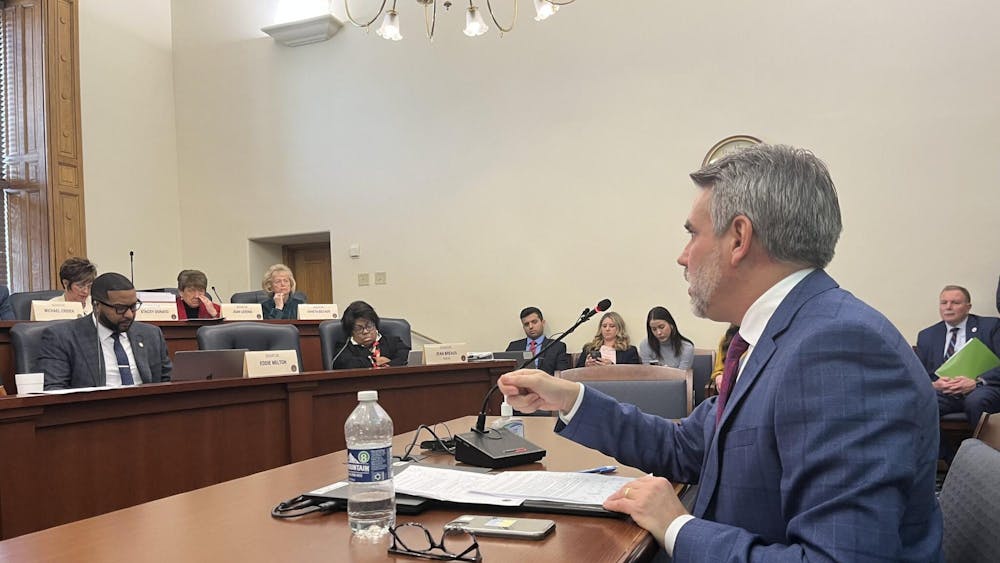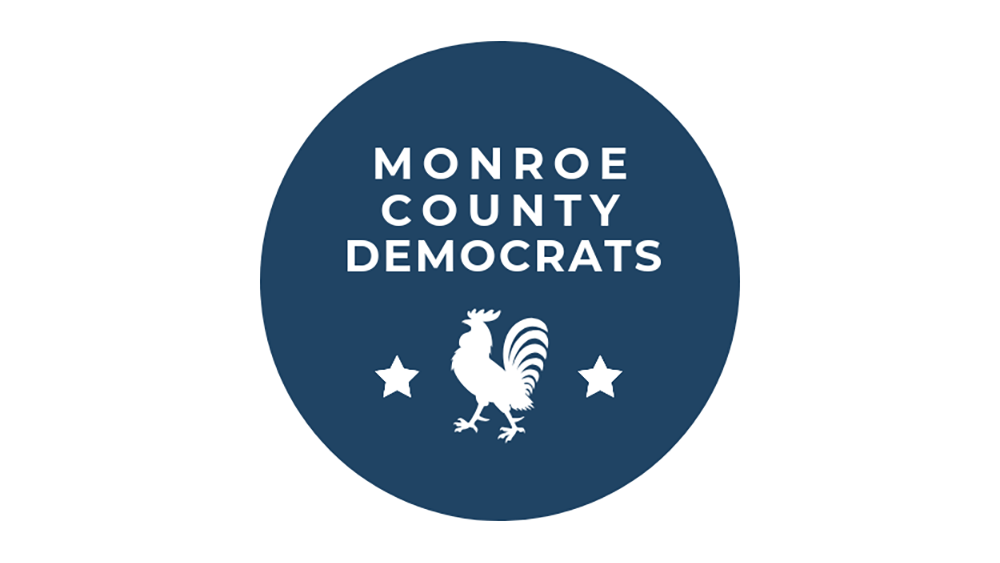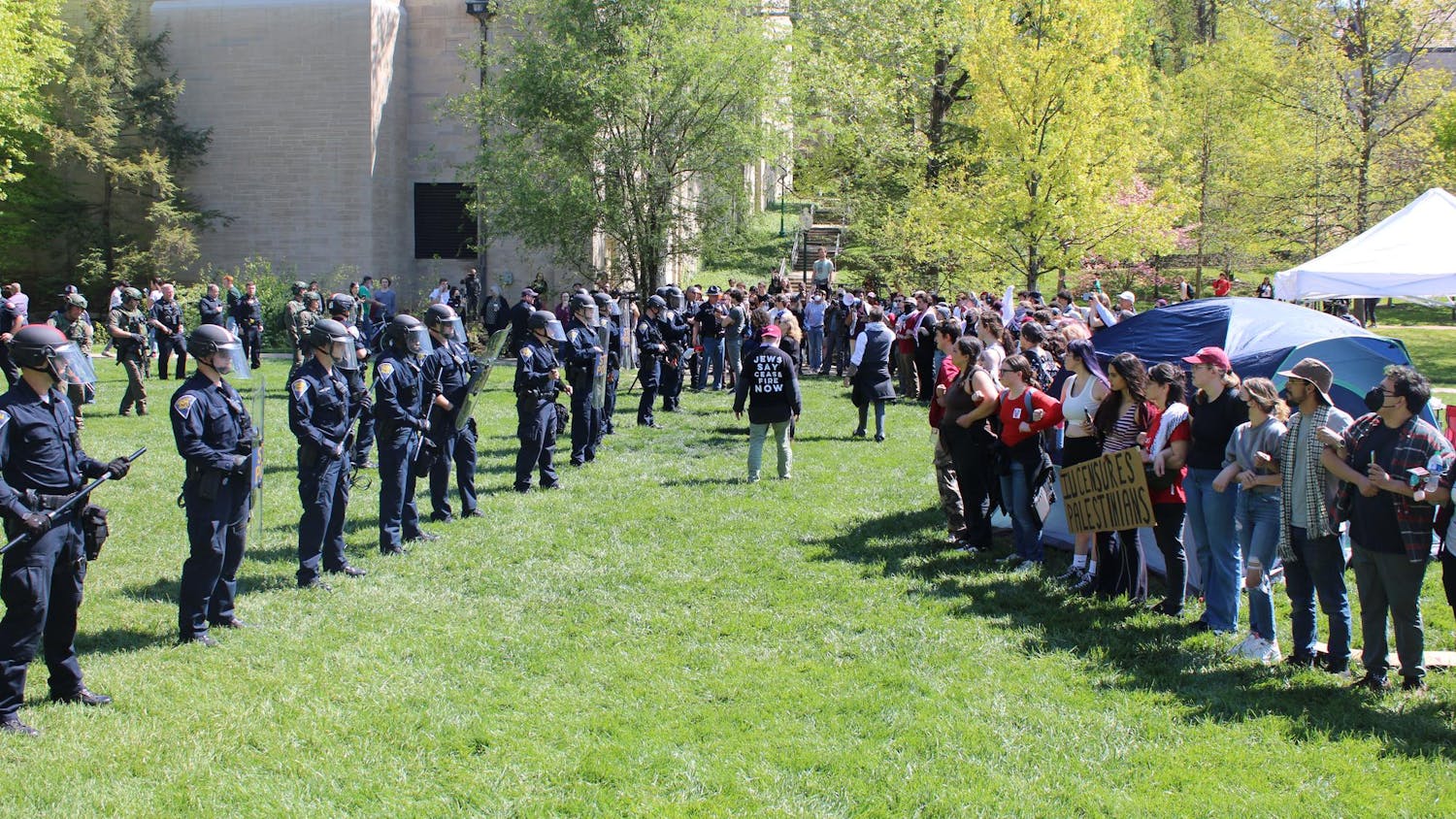But these people — members of the Council for Community Accessibility — are focusing on making Bloomington a better place specifically for people with disabilities.
The group began their meeting with guest speaker Lauren Cowan on Monday.
Cowan introduced herself as the owner of Agewise Design, a business focusing on the interior design of homes to accommodate people with special home needs.
She described the design philosophy as “age-in-place.”
This means that her design process emphasizes creating living spaces that give people the ability to safely live as much of their lives in their homes as possible.
“Designing to handicap codes only gets you so far,” Cowan said.
Her goal is to go above and beyond; designing staircases, kitchens, bathrooms and entry ways that accommodate both the immediate and future needs of aging adults as well as people with disabilities, she said.
As she clicked through a PowerPoint for the council-members, images of stone-looking tile and wooden staircases flashed across the screen.
CCA member Katie Herron said she appreciated the aesthetics Cowan’s design presentation showed.
“It doesn’t have to have that industrial look,” Herron said.
Cowan agreed.
Although her business is dedicated to creating accessible homes in Bloomington, she expressed frustration with the current lack of options available in downtown Bloomington.
Cowan said she had recently been working with two clients who were determined to live downtown.
Since they were older adults, they had different needs than younger Bloomington residents. None of the available housing was able to meet those needs.
“I have a 92-year-old man who refuses to leave,” Cowan said of her client’s desire to stay downtown.
Though Cowan continued her search for an alternative accessible housing, she was left at a loss.
“Something accessible to downtown doesn’t exist,” Cowan said. “If there is an accessible building it’s filled with students.”
The group members nodded their heads silently, sometimes shaking them.
No one contradicted Cowan’s statement that accessible housing for the elderly didn’t exist downtown.
“A lot of people feel Bloomington is becoming one-dimensional downtown,” she said.
For the CCA, this is a problem members have long been aware of.
Michael Shermis, the liaison from the city who was present at the meeting, said he was taking matters into his own hands, if only in a small way.
“When I see new construction, I just casually ask how accessible the building is going to be,” Shermis said. “So far I’ve gotten great results, people fall all over themselves trying to explain.”
Herron agreed and said she would take similar actions to continue to create awareness.
“It’s good to be able to ask as a citizen, ‘What’s the plan?’” she said.
For Cowan, change in Bloomington housing is something she thinks will be tricky to achieve.
“We need to get the ear of the right person,” Cowan said. “Accessible housing downtown is a real must.”





